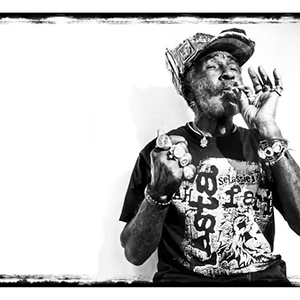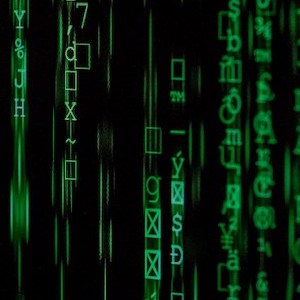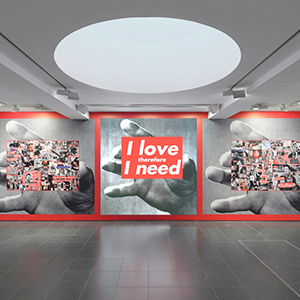Transform: Sight and Sound
By Jo Phillips
In light of the oppourtunities and advancements in music and technology that have arisen over the years, we decided to look at some of the approaches that have transformed the ways in which we, as individuals, define music as being purely through sound and have demonstrated that how you can now experience sound through multiple senses.
A growing number of musicians, especially those who specialise in electronic dance music (EDM), are intertwining visual effects with sound. This is particularly exciting for EDM artists as they are simply a DJ behind a deck as they can now create engaging audio-visual shows that (depending on the budget) will use a range of 3D projections, visuals and light shows. Some of the initial pioneers for this audio-visual approach in EDM was Vegetable Vision working on the visuals for the Chemical Brothers. The use of these new technologies has helped to generate incredibly immersive and memorable audience experiences and has pushed the boundaries of music further out as artists are constantly thinking of ways in which the audience can have a multi-sensory experience.
Muse, for their 2016 Drones tour, collaborated with Moment Factory and created a 3D projected, interactive show that used real time responsive visuals connected to projectors surrounding the space. Having a fully responsive, real time set of visuals has not been previously done to this extent before and this has set a new level of standard for those in the audio-visual field.
Nigel Stanford in his most recently released music video for the track ‘Cymatics’, visualises sound by creating real experiments of how different types of matter react to sound waves. Experiments like these break the boundaries of sound as they represent music in a completely innovative way and allow the viewer to see music in a new form.
Similar to cymatics, another unique way to visualise music is through colours which is specific to individuals with a condition called synesthesia. Synesthesia effects approximately 4% of people and is essentially the idea that the individuals senses are able to blend together resulting in an enhanced multi-sensory experience. Artist, Jack Coulter, has translated his ability to do so into a piece of artwork based upon the 2016 Glastonbury, he calls it his “canvas of Glastonbury”. The artwork translates the colours that he sees whilst listening to the music onto paper for all to be able to understand what he is able to see. He expresses that his hopes for the piece are to improve the experiences of deaf people and those with impaired hearing at the festival and has stated that:
“If my painting can induce a visual auditory experience of Glastonbury in even the slightest sense that would be very special.”
Technology has enabled, not only music, but all art forms to progress and develop in ways that were once impossible. These changes represent the importance of technologies in encouraging growth in the creative sector and additionally in pushing the boundaries of the arts and the human senses.
Credits – Artwork by Jack Coulter






